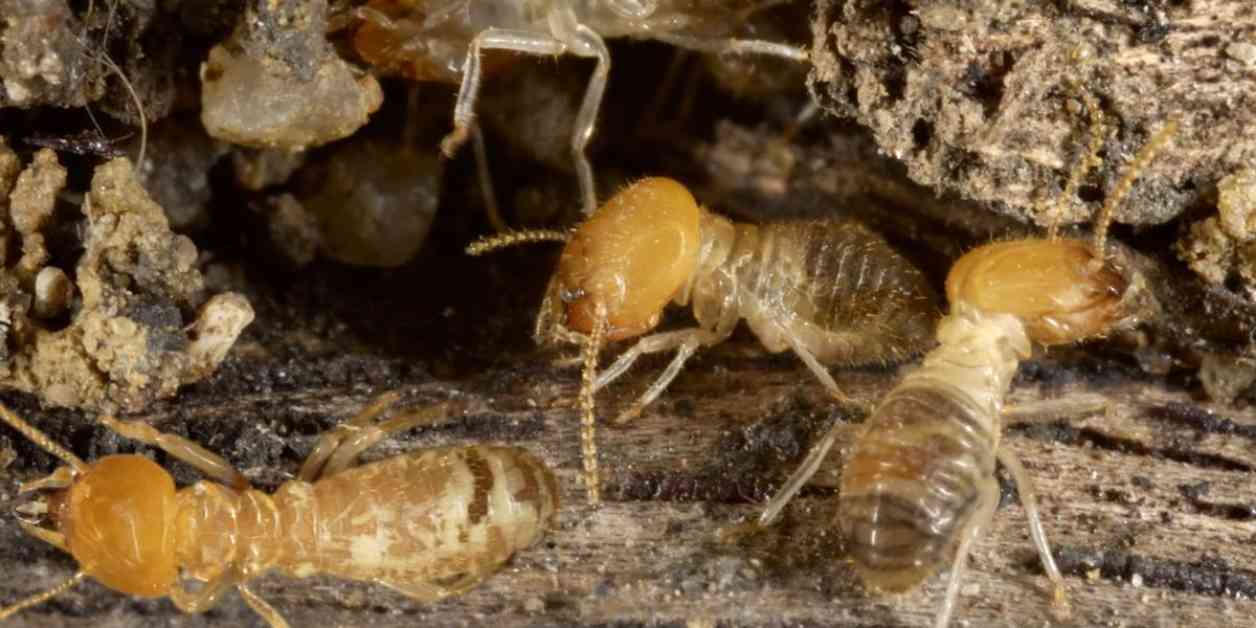Termites are known for their destructive capabilities when it comes to infesting homes and causing damage to wooden structures. However, there is a lesser-known aspect of these insects that is both fascinating and deadly – their ability to explode in order to defend themselves against predators.
The Explosive Defense Mechanism of Termites
When termites feel threatened, they have a unique defense mechanism that involves exploding and spraying a blue poison that can kill their predators. This explosive behavior is triggered by a special enzyme called blue laccase BP76, which is stored in the termites’ abdomen and combined with secretions from their salivary glands to create a deadly concoction of benzoquinones.
This explosive reaction is not limited to a specific time or situation – termites can detonate their poison at any moment, as they carry it in a “backpack” within their bodies. This ability to explode and release poison is particularly prevalent in older worker termites, who sacrifice themselves for the greater good of the colony when under attack.
The Science Behind the Explosive Enzyme
Scientists have been studying the enzyme blue laccase BP76 in termites to gain a better understanding of how it works and why termites have evolved this explosive defense mechanism. Recent research conducted by Czech Republic researchers has provided crucial insights into the crystal structure of the enzyme, shedding light on how it functions and why it is stored in a specific way within the termites’ bodies.
The high-resolution image of the enzyme’s crystal structure, captured for the first time, has revealed that the enzyme is tightly folded like a piece of origami to prevent it from breaking down over time. This unique structure, combined with the bond between lysine and cysteine amino acids near the activation site, helps preserve the enzyme’s shape and functionality, ensuring that it can be ready for use at a moment’s notice.
The Sacrificial Role of Older Termites
Older worker termites play a crucial role in the colony’s survival by sacrificing themselves when necessary. As termites age, their ability to gather food and nest declines, and their mandibles become dull, making them less effective at defending the colony. In these circumstances, older termites take on the selfless task of exploding their blue poison-filled rucksack to protect their fellow colony members from harm.
This sacrificial behavior highlights the complex social structure within termite colonies, where individuals work together for the collective good. By understanding the role of older termites in defending the colony, scientists can gain valuable insights into the evolutionary adaptations and survival strategies of these fascinating insects.
Comparing Termite Defense Mechanisms
While termites are not the only insects capable of exploding in defense, their unique ability to release a deadly poison sets them apart from other species. Bombardier beetles, for example, also have a similar defense mechanism that involves releasing benzoquinones when threatened or attacked. However, the chemical composition of the substances released by termites and bombardier beetles differs significantly.
Termites produce benzoquinones through a combination of blue laccase BP76 and secretions from their salivary glands, creating a potent poison that can kill predators. On the other hand, bombardier beetles excrete hydroquinone and m-cresol, two different types of toxins with distinct properties. The ability of both termites and bombardier beetles to defend themselves through explosive means highlights the diverse strategies that insects have evolved to survive in their environments.
In conclusion, the explosive defense mechanism of termites is a fascinating example of the complex adaptations that insects have developed to protect themselves and their colonies. By studying the enzyme blue laccase BP76 and its role in termites’ ability to explode and release poison, scientists can gain valuable insights into the biological processes and evolutionary history of these remarkable insects. As research continues to uncover the secrets of termite behavior and physiology, we can appreciate the intricate mechanisms that allow these tiny creatures to defend themselves against formidable predators.













